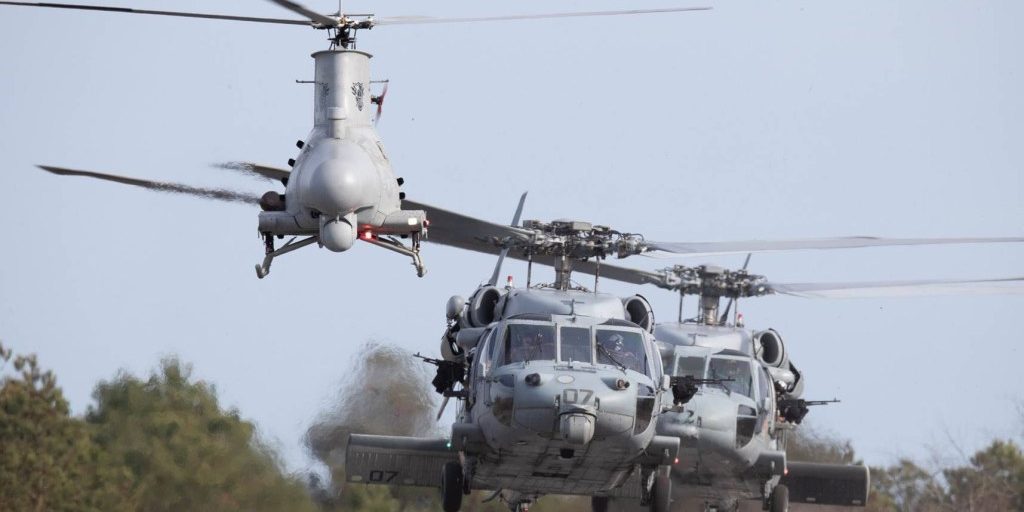The United States and its allies face the return of large-scale combat operations (LSCO) against peer and near-peer competitors—an environment not seen in over 70 years. The return of LSCO brings about multiple challenges, including the possibility of managing overwhelming numbers of casualties and providing medical care with limited manpower and supplies.

Two MH-60S Sea Hawk helicopters assigned to the Sea Knights of Helicopter Sea Combat Squadron (HSC) 22 and an MQ-8B Fire Scout unmanned aerial vehicle conduct hover checks prior to departing on an airborne use of force (AUF) training flight at the Mid-Atlantic Regional Spaceport's Unmanned Aircraft Systems (MARS UAS) Airfield at NASA Goddard’s Wallops Flight Facility. The MARS UAS Runway provides the proper infrastructure, briefing, and maintenance facilities for HSC-22’s two MH-60S Sea Hawk helicopters and MQ-8B Fire Scouts (U.S. photo by Chris Perry/released).
September 10, 2024 | Originally published by HDIAC on August 21, 2024
Focus Areas
Want to find out more about this topic?
Request a FREE Technical Inquiry!

